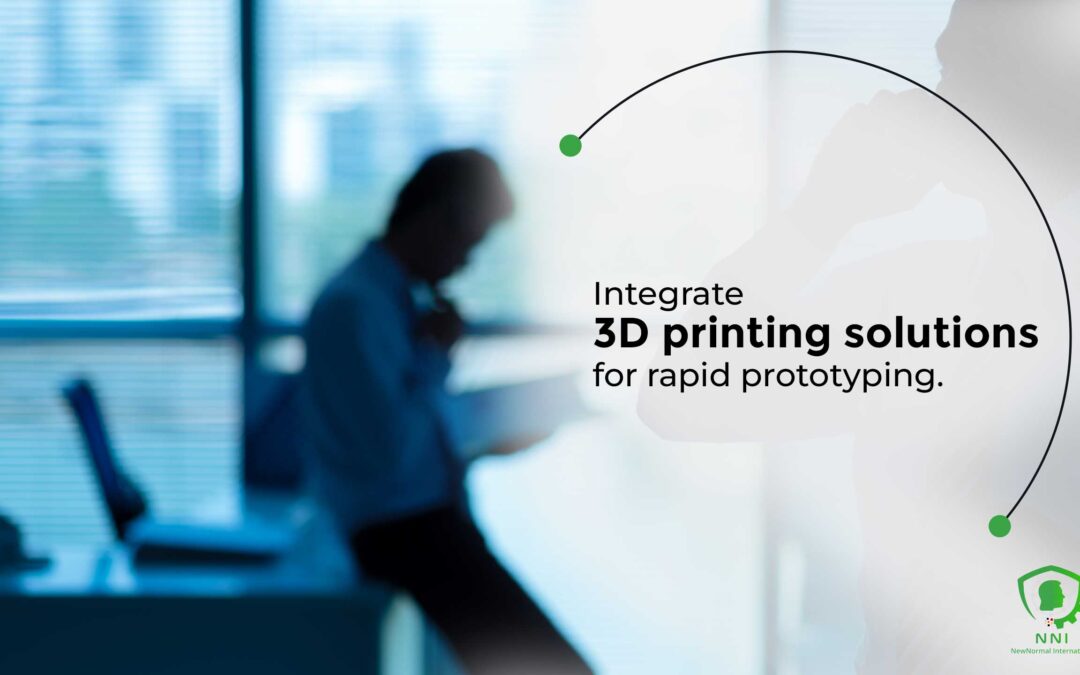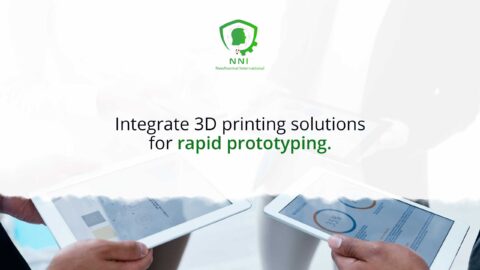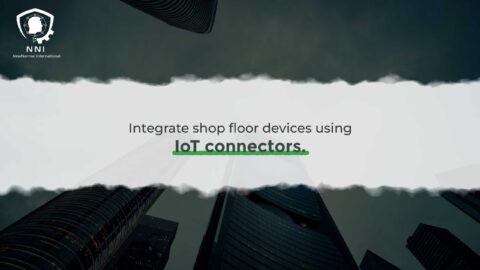Revolutionizing Prototyping with 3D Printing Technology
Introduction
Integrating 3D printing solutions for rapid prototyping has emerged as a groundbreaking approach in modern product development. This article aims to elucidate how business executives, mid-level managers, and entrepreneurs can leverage this technology for enhanced efficiency and innovation.
Understanding 3D Printing in Prototyping
In the realm of product development, the traditional approach to prototyping, involving manual sculpting, mold making, and casting, has long been a laborious and time-consuming process. However, the advent of 3D printing, also known as additive manufacturing, has revolutionized the prototyping landscape, ushering in an era of speed, precision, and cost-effectiveness. Unlike traditional methods that rely on subtractive processes, 3D printing builds objects layer by layer, meticulously adding material to create complex and precise models with unparalleled efficiency.
At the heart of 3D printing’s transformative power lies its ability to eliminate the need for costly tooling and molds, significantly reducing the time and expense associated with traditional prototyping. This direct-to-digital approach enables designers to rapidly iterate on their designs, creating multiple prototypes with ease and flexibility, accelerating the product development cycle and bringing innovative ideas to market faster.
Beyond its speed and cost-effectiveness, 3D printing offers a remarkable level of design freedom, allowing engineers and designers to create intricate geometries and complex internal structures that are often impossible to achieve with traditional manufacturing methods. This newfound freedom empowers innovators to push the boundaries of design, exploring new possibilities and optimizing product performance in ways that were previously unimaginable.
The benefits of 3D printing extend far beyond prototyping; they encompass a wide range of applications across diverse industries, including:
Manufacturing and Production: 3D printing is increasingly being used for the direct manufacturing of end-use products, particularly in applications where customization and low-volume production are crucial.
Medical Devices and Implants: 3D printing is revolutionizing the medical field, enabling the creation of customized prosthetics, implants, and surgical instruments with unparalleled precision and biocompatibility.
Aerospace and Automotive Industries: 3D printing is transforming the aerospace and automotive industries, allowing for the production of lightweight, high-performance components with reduced lead times and improved fuel efficiency.
Architectural and Construction: 3D printing is poised to revolutionize the construction industry, enabling the fabrication of complex architectural structures and customized building components.
Education and Research: 3D printing is transforming education and research, providing students and researchers with hands-on experience in design and prototyping, accelerating innovation and discovery.
In essence, 3D printing is not merely a technological innovation; it is a transformative force that is redefining the way products are designed, prototyped, and manufactured. By embracing the power of 3D printing, businesses and organizations across diverse industries are unlocking new possibilities, accelerating innovation, and driving sustainable growth in a rapidly evolving world.
Benefits of 3D Printing in Rapid Prototyping
The primary benefits include reduced time to market, cost savings, and the ability to quickly iterate designs based on real-world testing and feedback.
The Impact on Change Management
The integration of 3D printing requires effective change management strategies. This involves rethinking traditional processes and embracing a culture of innovation and agility.
Strategies for Smooth Technology Adoption
Effective strategies include stakeholder education, phased implementation, and fostering a culture of continuous learning and adaptation.
Role of Executive Coaching
Executive coaching plays a vital role in equipping leaders with the necessary skills to champion technological advancements like 3D printing in their organizations.
Leadership in Technological Advancements
Through executive coaching, leaders can learn to manage change, inspire innovation, and drive the successful adoption of new technologies.
Effective Communication for Technological Integration
Clear communication is crucial in conveying the benefits of 3D printing to all stakeholders and ensuring alignment of the technology with business goals.
Crafting a Compelling Vision for Innovation
Leaders must articulate a clear vision for how 3D printing can transform product development and drive business success.
Generative Artificial Intelligence in Product Design
Generative AI can significantly enhance 3D printing by optimizing designs, reducing material usage, and predicting outcomes.
Leveraging AI for Enhanced Prototyping
Integrating AI with 3D printing can lead to more efficient, innovative, and sustainable product development processes.
Conclusion Integrating 3D Printing Solutions for Rapid Prototyping
In conclusion, integrating 3D printing solutions for rapid prototyping is a critical step for businesses looking to stay competitive in the rapidly evolving market. This technology not only streamlines the prototyping process but also opens new avenues for innovation and creativity.
#3DPrinting, #RapidPrototyping, #InnovationInManufacturing, #ProductDevelopment











